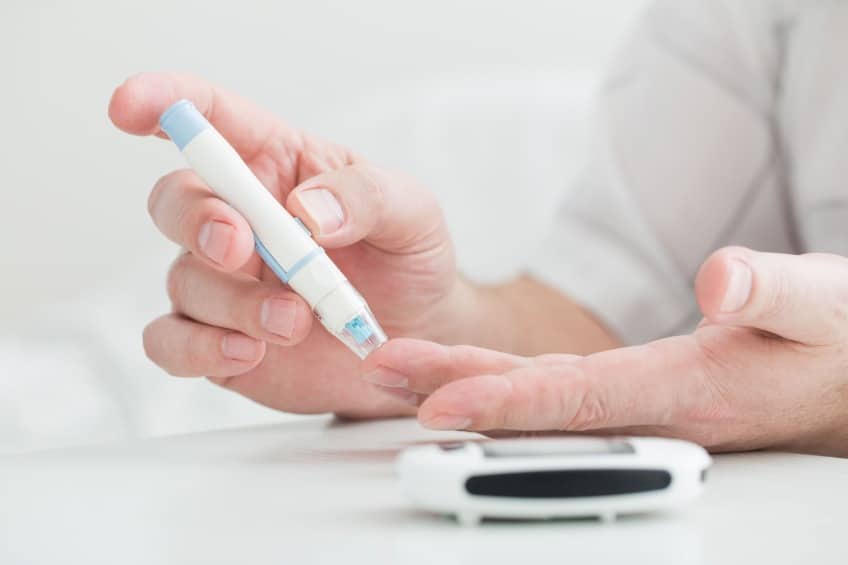By John Salak –
Those susceptible to diabetes received a warning and some relief in February via separate studies from Michigan and Finland.
Researchers at the University of Michigan warned that exposure to phthalates, chemicals widely used in personal care products, children’s toys and food a beverage packaging, may increase the risk of diabetes and other endocrine disorders, particularly in women.
Michigan researchers reviewed review data from more than 1,300 women from the Study of Women’s Health Across the Nation to determine the impact of these chemicals on diabetes. It discovered about 5 percent of those examined developed diabetes over six years.
The women in question had concentrations of phthalates in their urine like middle-aged women in the U.S. in the early 2000’s when the urine samples were collected. White women exposed to high levels of some phthalates had a 30-63 percent higher chance of developing diabetes. The chemicals did not lead to diabetes in Black or Asian women.
“Our research found phthalates may contribute to a higher incidence of diabetes in women, especially White women, over six years,” explained Sung Kyun Park from the university’s School of Public Health. “People are exposed to phthalates daily, increasing their risk of several metabolic diseases. We must address EDCs now as they are harmful to human health.”
The university’s work is a warning and wakeup call combined, Park said. “Our research is a step in the right direction towards better understanding phthalates’ effect on metabolic diseases, but further investigation is needed.”
If Michigan researchers served up a caution notice, colleagues from the University of Turku in Finland offered an option for proactively curtailing the general risk of contracting type 2 diabetes.
Their study found that the red, purple and blue pigments in fruits, vegetables and tubers called anthocyanins can reduce the risk of diabetes by affecting energy metabolism, gut microbiota, and inflammation. The work specifically cited that the beneficial effect of anthocyanins on type 2 diabetes increases if the anthocyanin is acylated. It means that the acyl group is added to the sugar moieties of anthocyanin.
The technical aspects aside, purple sweet potatoes, radishes, purple carrots and red cabbages are especially loaded with acylated anthocyanins, making them diet targets for diabetes relief.
“The studies have shown that, in addition to changing physical and chemical properties, the acylation affects how the anthocyanins are absorbed and metabolized,” reported Kang Chen, a postdoctoral researcher at Turku.
Acylated anthocyanins are more effective antioxidants than nonacylated anthocyanins. They can also improve the intestinal barrier, which enables the absorption of necessary nutrients. Other benefits include their ability to maintain gut microbiota homeostasis, suppress pro-inflammatory pathways and modulate glucose and lipid metabolisms.
Ultimately, purple sweet potatoes and carrots, not to mention radishes, aren’t the end game or diabetes cure when fighting type 2 diabetes. Blend these vegetables and some others into a diet.










